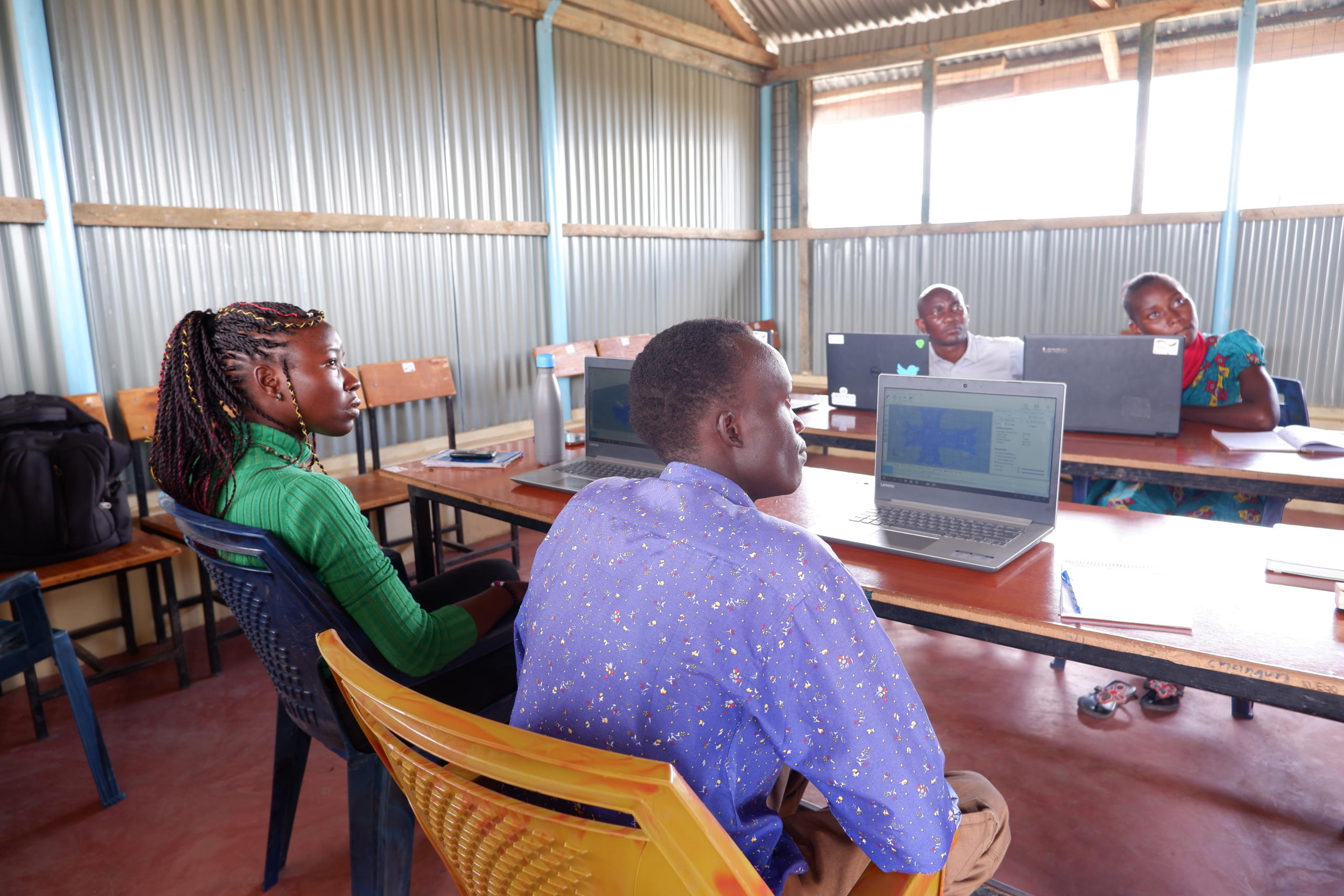The global refugee population has more than doubled in the past decade. Despite the worldwide drop in mobility over the last two years, the numbers of forcibly displaced continue to reach unprecedented heights.
According to UNHCR data, 84 million people were forced to flee their homes in 2021. This figure marks an increase from both 2020 and 2019, two record-breaking years in terms of forced displacement. Among these, were 26 million refugees, the highest figure ever reported. With the refugee population rising undeterred by stricter travel restrictions, the Director-General of the UN migration agency described the current crisis as a “paradox not seen before in human history”.
However, as migration controls continue to tighten globally, refugee camps once intended to be a temporary recourse, have evolved into a permanent solution for refugees and asylum seekers alike. Research from the Brookings Institution found that the average length of time refugees are displaced is between 10 and 26 years.
With this in mind, questions arise about the quality of education that is available to asylum seekers, and what kind of employment opportunities they will have in the future.
Low Quality of Education for Refugees
The level of education available in refugee camps is often substandard, inhibiting the development and career prospects of both children and learning adults.
In the majority of these contexts, national education systems are already spread thin, resulting in overcrowded classrooms with a shortfall of teachers. Over 89% of the world’s refugees live in low-and middle-income countries whose education systems are struggling to meet the needs of marginalized groups. In addition, refugee students pose a different set of challenges than most teachers are used to; they are likely to have suffered traumatic experiences, missed prolonged periods of schooling, and may speak a different language. For example, young Syrian refugee children have shown signs of toxic stress, a physical response to conflict which negatively affects overall cognitive, emotional and social outcomes.
Many of these educational settings are further hampered by a lack of teaching resources, learning equipment, and inconsistent or nonexistent training for educators. Ongoing turmoil and social unrest also frequently compound these issues, sometimes preventing students from attending their classes on a regular basis.
Totalizing these problems reveals that refugees are in dire need of economical, scalable, and innovative educational solutions, thus presenting a distinct opportunity for technology to make a consequential impact in this area.
Learning Through Technology
Over the last half-decade, technology has taken a pivotal role in the area of refugee education. A wide range of tech-driven initiatives have emerged with the purpose of improving access to quality education in some of the most difficult environments.
Many of these are focused on teaching digital skills to help refugee students of all ages find jobs in a variety of online industries. Simultaneously, there has been significant progress in the development of digital tools, mobile applications, and online platforms aimed at facilitating learning for refugees.
One such program is Mosaik, an NGO built to help refugees get into higher education, whose CEO said in an interview that “leveraging technology has huge potential for improving access to education for refugees, both in scale and in terms of making programmes flexible and accessible”. Other examples of organizations utilizing technology to assist the forcibly displaced include Techfugees, a global online platform set up to help refugees land tech jobs, and Refugee Talent, a company seeking to match refugees with employers.
In Western Ghana, the world’s first satellite-enabled, live two-way interactive distance-learning programme was established. While in Kenya, one of our partner organizations, Xavier Project, launched Eneza, an SMS based study tool tailored to primary school-aged refugees. Similar app initiatives devised to enable learning for refugees include Worldreader’s children’s mobile reading program, and Save The Children’s development of a maths learning app.
Additionally, a number of refugee coding schools have appeared in various parts of the world, from camps in Kenya and Jordan to Germany and the Netherlands. These projects aim to equip asylum seekers with in-demand computer skills to find jobs in the tech sector, or to create their own specific apps and sites based on the needs of their communities.
Our organization, Source Humanitarian Network, has built one such school in Kakuma Refugee Camp, Kenya. Through two computer classrooms and an internet café, we provide a variety of courses centred on computer skills, business, general education and gender empowerment.
All in all, these are just a few examples of the multitude of enterprises that have sprouted up in recent years in an effort to bridge the gap of quality education for refugees.
Connectivity Challenges
Although there is a large and growing number of tech-enabled refugee schooling initiatives, a myriad of technical hurdles are still present in the space. One of the salient issues is connectivity.
While the UN Refugee Agency has found that over 93% of all refugees live in places that are covered by at least a 2G network, data plans are so expensive that refugees spend about a third of their incomes to get online. In fact, studies by the UNHCR revealed that some refugees are willing to sell up to 10 days’ worth of food rations to buy a month of data for their phones. Furthermore, a lack of internet access can cut off asylum seekers from key resources that often supplant their more immediate needs. A six-week investigation by CNET News discovered that refugees in Greece used smartphones to find safe havens; likewise, a refugee in Kenya told the UN that the internet sometimes substituted health care, acting as a digital instruction book to treat certain illnesses.
A host of other obstacles to connectivity were outlined in a report published by the UNHCR, such as societal barriers to inclusively connecting women, a lack of digital literacy, and an absence of mobile networks in rural areas. These difficulties have led the UNHCR to create the “Connectivity for Refugees” programme to ensure refugees have access to available, affordable and viable mobile and internet connectivity.
As a partner of the UNHCR, and considering that most refugee education initiatives heavily rely on connectivity, this is a key issue that our organization is also striving to solve. Through the construction of computer classrooms, we aim to facilitate internet access for refugees to help them reach their education goals.
If you’re interested in contributing to this mission, any donation would be greatly appreciated. With just €10 you can provide one month of internet access and computer classes for one of our refugee students.




